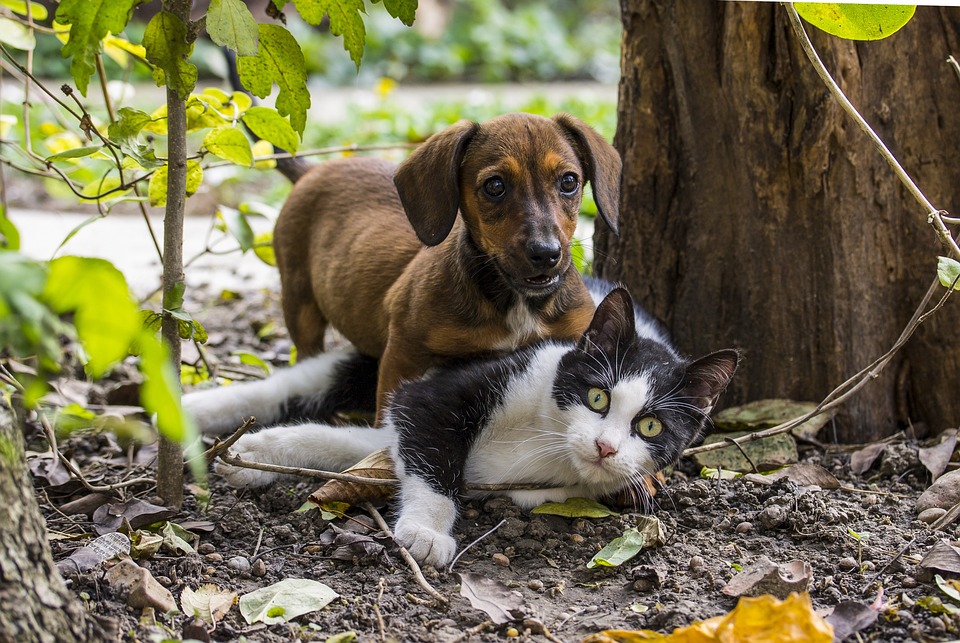Catnip is a herb that has been enjoyed by cat owners for centuries due to its ability to elicit peculiar behaviors in our feline friends. Understanding these catnip-induced behaviors is crucial for cat owners to provide an enriching and safe environment for their furry companions. In this article, we will delve into the science behind catnip’s effects on cats, the behaviors it triggers, and how to understand and interpret these actions.
Catnip, scientifically known as Nepeta cataria, is a member of the mint family and contains a compound called nepetalactone. This compound is responsible for the unique reactions that cats have to catnip. When cats encounter catnip, whether by smelling or ingesting it, it stimulates their sensory receptors and releases a range of behaviors.
Rolling and rubbing against catnip is a common behavior exhibited by cats. This behavior is believed to be a way for cats to mark their territory and spread their scent. The nepetalactone in catnip acts as a pheromone, attracting cats and triggering this rolling and rubbing behavior. Some cats may even drool during this behavior, which is considered a natural response and not a cause for concern.
Another behavior commonly seen in cats exposed to catnip is hyperactivity and playfulness. Cats may become more energetic, playful, and exhibit increased curiosity after smelling or ingesting catnip. This heightened state of activity is temporary and typically lasts for about 10-15 minutes. It is important to ensure the safety of your cat during this period of increased energy by providing a safe and stimulating environment for them to play in.
Contrary to the hyperactive behavior, catnip can also have a calming effect on cats. Some cats may become relaxed and sedated after exposure to catnip. This calming effect can be beneficial for anxious or stressed cats. However, it is important to note that not all cats will exhibit this response, as sensitivity to catnip can vary from cat to cat.
While catnip-induced behaviors are mostly positive, it is essential to be aware that catnip can also trigger aggression and restlessness in some cats. This aggressive behavior is usually directed towards other cats or objects and may include growling, hissing, or swatting. If your cat shows signs of aggression associated with catnip, it is important to manage the situation by separating the cats or removing the catnip from the environment.
Understanding catnip sensitivity is also crucial for cat owners. While the majority of cats are affected by catnip, there are some that do not show any reaction to it. Additionally, kittens can also enjoy catnip, although their sensitivity to it may vary. Senior cats can also benefit from catnip, but some may have a reduced sensitivity to its effects.
In the frequently asked questions section, we address common queries about catnip. The effect of catnip typically lasts for about 10-15 minutes, and cats cannot overdose on catnip. If your cat does not react to catnip, it is not a cause for concern, as not all cats are sensitive to it. There are alternatives to catnip for stimulating your cat, such as silver vine or valerian root. Catnip can also be used as a training or reward tool. Lastly, it is possible to grow catnip at home, providing a fresh and readily available source for your cat.
In conclusion, understanding catnip-induced behaviors is essential for cat owners to provide an enriching and safe environment for their furry companions. By recognizing the various behaviors triggered by catnip and being aware of their cat’s sensitivity to it, owners can better cater to their feline’s needs. Remember, while catnip can be a wonderful tool for play and relaxation, it is essential to use it responsibly and consider your cat’s individual preferences and reactions.








